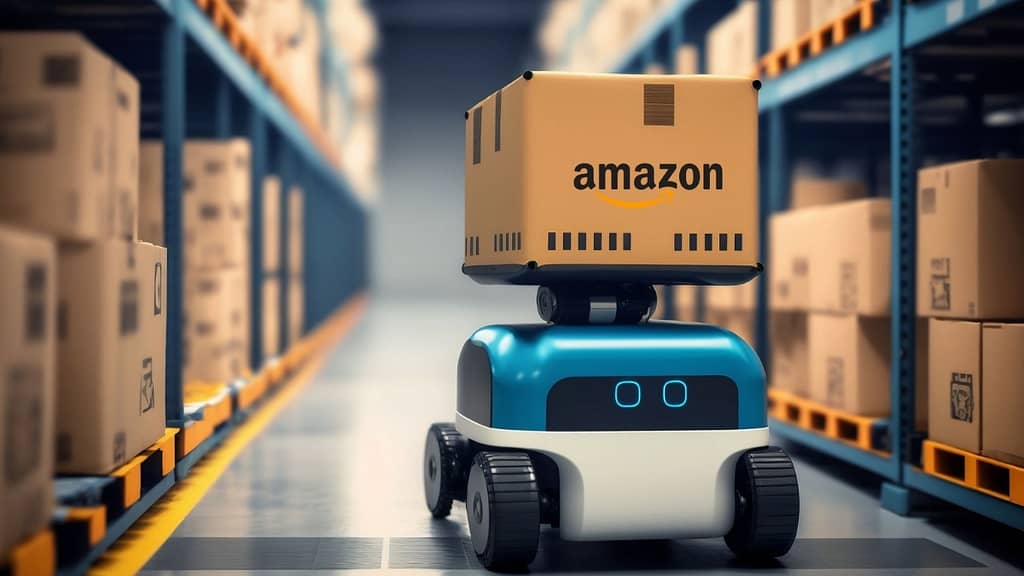New Delhi: Amazon has expanded its utilization of robotics, with over 750,000 robots now operating alongside its workforce, making it the world’s second-largest private employer. Despite a decrease of over 100,000 human employees since 2021, the company maintains its commitment to innovation in its supply chain through the integration of advanced technologies.
The robots, including newly developed models like Sequoia and Digit, are primarily tasked with repetitive functions, thereby enhancing efficiency, safety, and delivery speed for Amazon’s customers. Sequoia optimizes inventory management and order processing in fulfilment centres, while Digit, a bipedal robot co-developed with Agility Robotics, assists in tasks such as moving empty tote boxes.
This significant investment underscores Amazon’s dedication to advancing its supply chain operations. Despite concerns about job displacement, Amazon asserts that the integration of robotics has led to the creation of new skilled job categories, aligning with broader industry trends toward human-robot collaboration.
Amazon’s integration of robots into its workforce reflects its strategy to enhance operational efficiency and customer service. While the introduction of a large number of robots raises questions about the future role of human labour, Amazon emphasizes the potential for automation to create new employment opportunities and improve workplace safety.
The broader implications of automation, including its impact on jobs and income inequality, are subjects of ongoing debate. However, Amazon’s evolution toward a more technologically integrated workforce may signal broader trends in the economy, where the balance between automation and human labour undergoes a transformation.
Navigating these changes effectively will require careful consideration of the benefits and challenges posed by automation, ensuring that gains in productivity are equitably distributed across the workforce.










